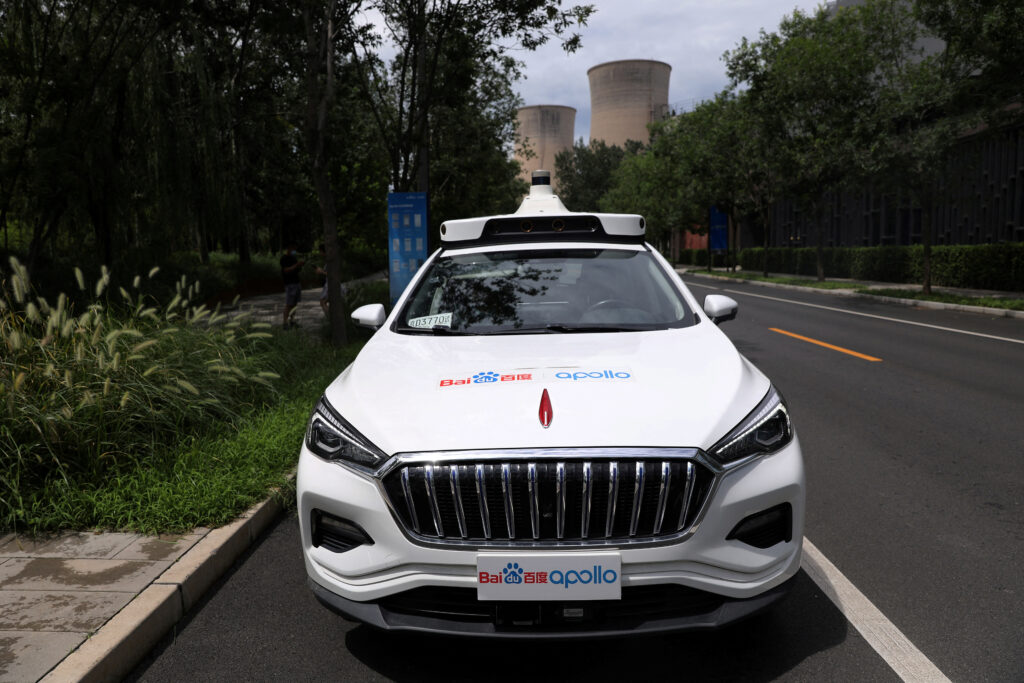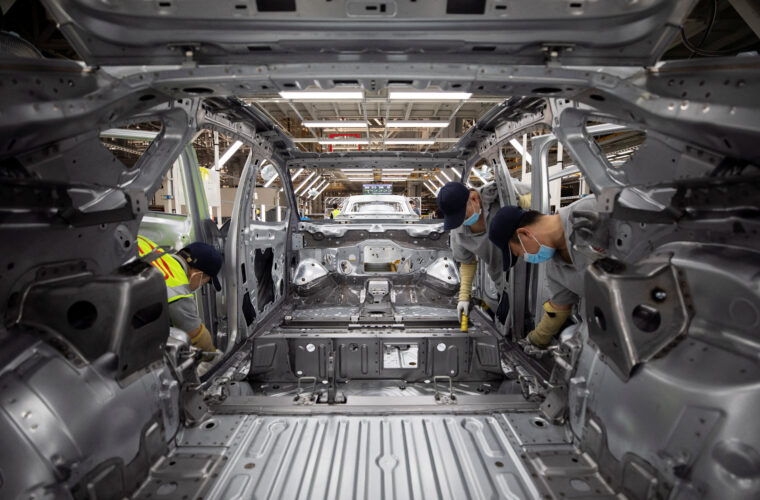By Albee Zhang, Zhang Yan and Brenda Goh
BEIJING (Reuters) – China on Tuesday issued safety guidelines for the use of autonomous vehicles in public transport, the latest in a series of measures preparing for the increased use of driverless cars.
The guidelines apply to autonomous vehicles for passengers including taxis as well as for freight, the Ministry of Transport said in a statement.
The guidelines cover vehicles of various degrees of automation and mandate they carry at least one driver or security inspector.
They also require companies using autonomous vehicles for public transport to be qualified and licensed and state that companies can work together with automakers on such operations.
“The guideline could accelerate the adoption of autonomous driving technologies in China with a more pragmatic approach by regulating automakers and fleet operators,” said Xue Jiancong, president of the innovation unit at Chinese logistics company FOR-U Smart Freight.
“Unlike their U.S. peers, the Chinese regulators don’t directly go after software developers, which are more difficult to regulate,” Xue added.

The world’s largest auto market has been mapping out standards and regulations for autonomous driving. It aims to formulate a system that will support assisted and autonomous driving functions by 2025 and introduce standards that will support the development of autonomous driving applications and establish a safety assurance system by 2030.
China said last month it would allow road trials of intelligent connected vehicles. In October, it issued guidelines for highway engineering facilities to support autonomous driving technology. And in July, it issued guidelines on the standardisation of intelligent connected vehicles.



